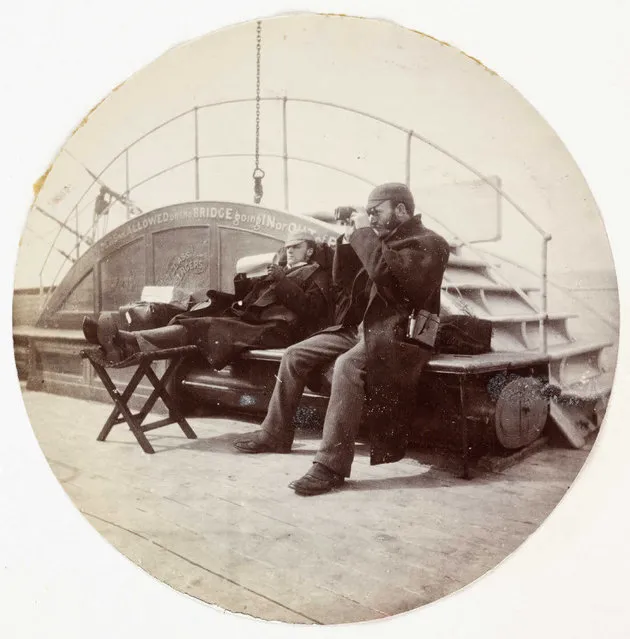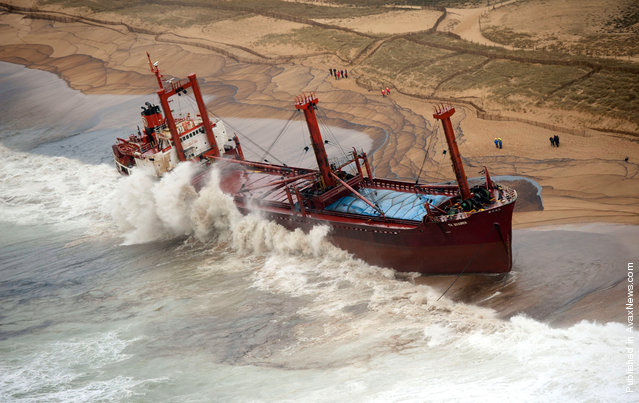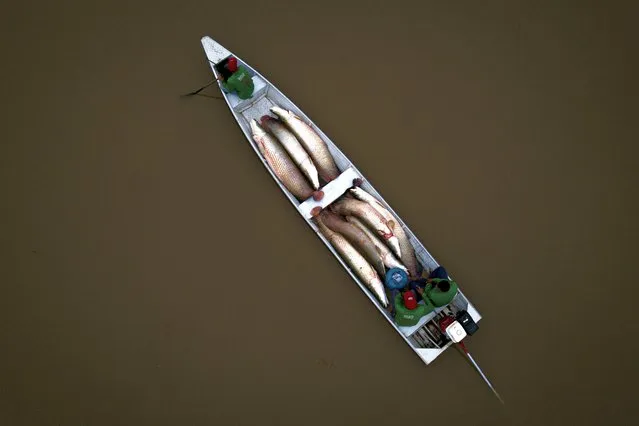
Grand Champion Oakhurst Crusin' in Chrome, an Australian Shepard, poses backstage at the Westminster Kennel Club Dog Show after winning best of opposite s*x on February 13, 2012 in New York City. (Photo by Michael Nagle/Getty Images)
14 Feb 2012 10:54:00,post received
0 comments







